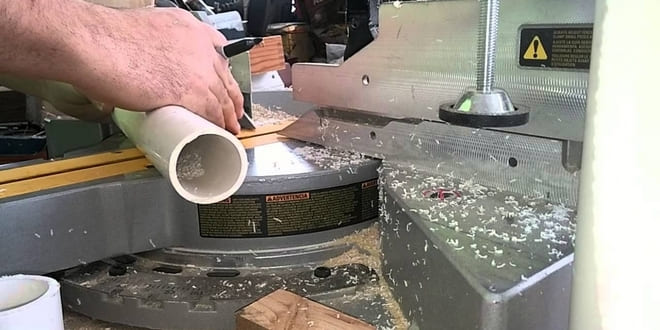Oct . 10, 2024 15:01 Back to list
ppr hot and cold water pipe factory
The Manufacturing of PPR Hot and Cold Water Pipes A Comprehensive Overview
In the realm of modern plumbing, the choice of materials for piping has evolved significantly, with PPR (Polypropylene Random Copolymer) pipes emerging as a popular option for both hot and cold water distribution. This article explores the factory processes involved in the manufacturing of PPR hot and cold water pipes, highlighting the benefits of this material and the importance of quality control in production.
PPR piping is known for its durability, resistance to corrosion, and ability to handle both high and low temperatures, making it an excellent choice for various plumbing applications. The manufacturing process begins with the selection of high-quality polypropylene resin, which is the primary raw material. This resin undergoes a random copolymerization process to achieve the desired properties, ensuring that the final product can withstand the demands of hot and cold water systems.
Once the material is prepared, the production process typically involves several stages. Initially, the polypropylene resin is fed into an extruder. The extruder is a crucial machine that melts the resin and forms it into a continuous pipe through a die. During this stage, temperature and pressure are carefully controlled to ensure uniform material flow and consistency in pipe thickness. The extrusion process is designed to produce pipes with smooth internal and external surfaces, which is vital for preventing clogs and ensuring efficient water flow.
After extrusion, the pipes are cooled, usually through a water bath or air-cooling system. This cooling phase is essential as it helps to solidify the pipe while maintaining its structural integrity. Once cooled, the pipes are cut into standard lengths, which can vary depending on specific customer requirements or industry standards.
ppr hot and cold water pipe factory

Quality control is an integral part of the manufacturing process in a PPR pipe factory. Throughout production, various tests are conducted to assess the physical and chemical properties of the pipes. These tests include checking for pressure resistance, thermal stability, and impact resistance. Additionally, certain factories implement stringent inspection measures to detect any defects in the pipes before they are dispatched. This commitment to quality ensures that the pipes meet industry specifications and can perform reliably in real-world applications.
In recent years, the demand for PPR hot and cold water pipes has surged, driven by the growth of the construction industry and the increasing need for efficient plumbing systems. PPR pipes are not only lightweight and easy to install, but they also offer a longer service life compared to traditional materials like PVC or metal pipes. This attribute makes them an economical choice for long-term water distribution projects.
Moreover, PPR pipes are environmentally friendly, as they can be recycled and do not leach harmful substances into the water supply. This aligns with the global trend towards sustainable practices in construction and plumbing.
In conclusion, the manufacturing of PPR hot and cold water pipes involves a multi-step process that emphasizes quality, safety, and efficiency. With their numerous advantages, PPR pipes are positioned as a leading solution for modern plumbing systems. As the industry continues to evolve, advancements in technology and materials will likely further enhance the capabilities of PPR pipes, solidifying their place in both residential and commercial applications. As consumers and industries alike recognize the benefits of this innovative material, the PPR pipe factory remains at the forefront of plumbing solutions, providing reliable and sustainable options for water distribution needs.
-
High-Quality PVC Borehole Pipes Durable & Versatile Pipe Solutions
NewsJul.08,2025
-
High-Quality PVC Perforated Pipes for Efficient Drainage Leading Manufacturers & Factories
NewsJul.08,2025
-
High-Quality PVC Borehole Pipes Durable Pipe Solutions by Leading Manufacturer
NewsJul.08,2025
-
High-Quality PVC Borehole Pipes Reliable PVC Pipe Manufacturer Solutions
NewsJul.07,2025
-
High-Quality UPVC Drain Pipes Durable HDPE & Drain Pipe Solutions
NewsJul.07,2025
-
High-Quality Conduit Pipes & HDPE Conduit Fittings Manufacturer Reliable Factory Supply
NewsJul.06,2025

